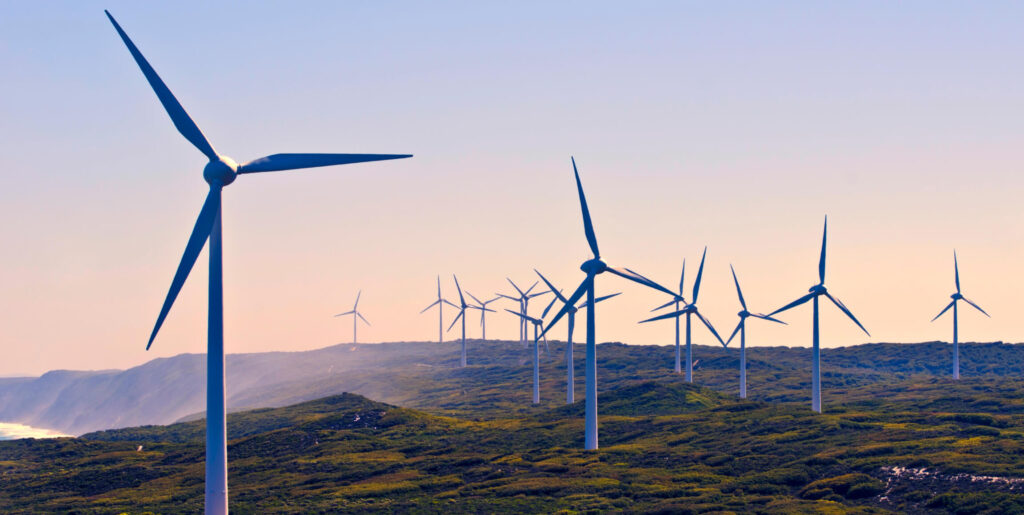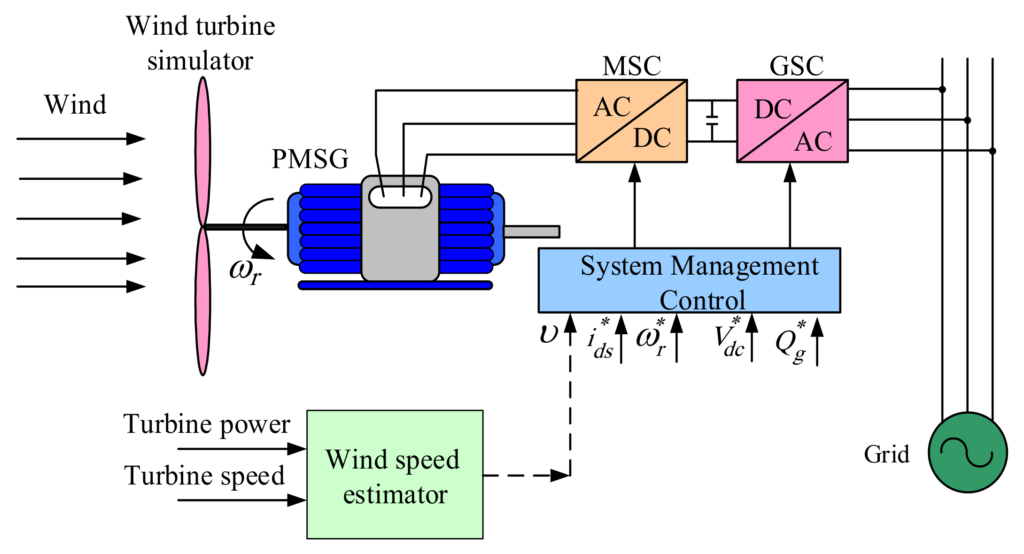The grid-connected permanent magnet direct-driven wind turbine is a new type of power generation technology, which uses wind power to convert the torque of the unit into electrical energy, and then outputs the electrical energy to the grid.

The permanent magnet direct drive wind turbine is a special generator set that uses a generator made of permanent magnet materials to convert wind power into electrical energy without using a gearbox and drive shaft. The permanent magnet direct drive wind turbine can output a certain amount of power, and its output electric energy can be used for power generation.
Grid-connected power generation means that the electric energy output by the generator set is input into the grid, realizing the interconnection between power generation and power consumption. Generator sets can output continuous electric energy to the grid for use by users, thereby realizing power generation.
The advantages of permanent magnet direct drive wind turbines connected to the grid for power generation are simple structure, high reliability, low operation and maintenance costs, effective use of wind energy, energy saving, and environmental protection, and large power generation, which can save a lot of energy costs. Bring more economic benefits to society.
The grid-connected power generation of permanent magnet direct-drive wind turbines can not only save energy, but also alleviate the grid load, improve the reliability and security of the grid, and further promote the development of renewable energy.
In short, permanent magnet direct-drive wind turbines are an important power generation technology. It has the advantages of a simple structure, high reliability, and low operation and maintenance costs. It can save energy, relieve grid load, and improve grid reliability and security. To further promote the development of renewable energy and bring more economic benefits to society.

Most of the off-grid wind turbines operate as a single machine, and the three-phase AC voltage output by the generator is rectified and stabilized to charge the battery and supply power to the load. Referring to the “Technical Conditions of Generators for YF Off-grid Wind Turbine Generators” and actual application situations, the following points should be paid attention to when designing wind turbines:
(1) The operating environment of the generator is harsh, and the generator is required to have high safety and reliability and be able to prevent rain, snow, and sand, and dust.
(2) In the case where the generator is directly driven by the wind wheel (the commonly used speed-up gearbox is omitted), the rated speed of the generator is required to be low (mostly less than 600r/min).
(3) It is required that the initial voltage build-up speed of the generator is low to maximize the utilization coefficient of wind energy (it has been clearly stipulated in the “Technical Conditions” that at 65% of the rated speed, the no-load voltage of the generator should not be low at rated voltage).
(4) The starting resistance torque of the generator should be as small as possible so that the generator can start well at a lower wind speed, and also improve the utilization of wind energy.